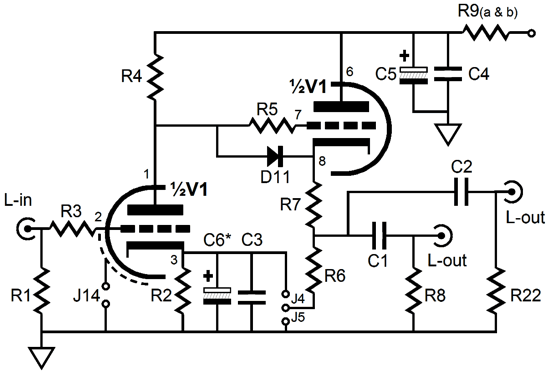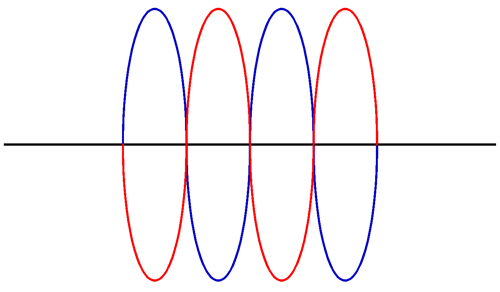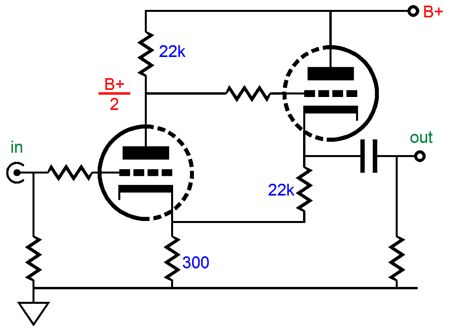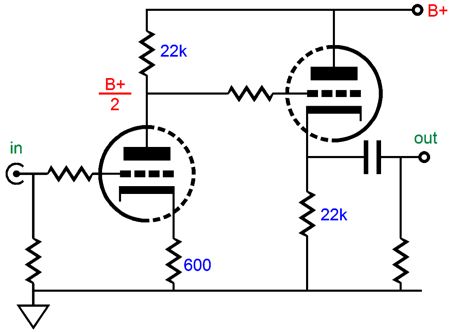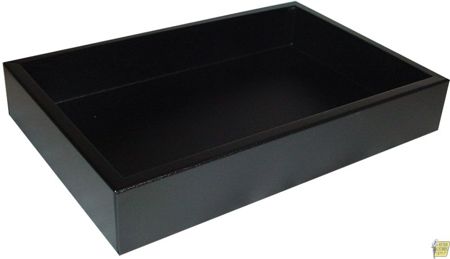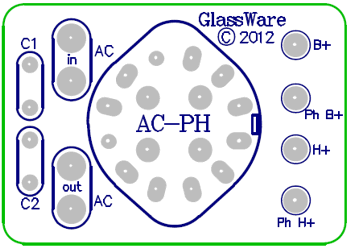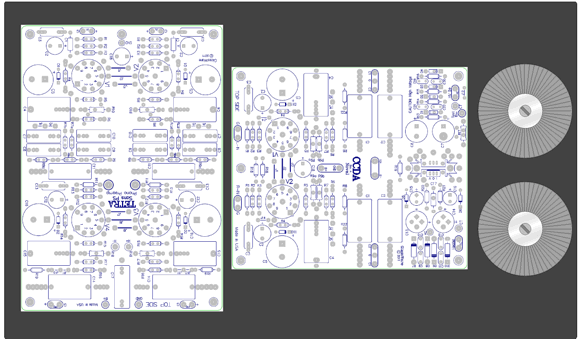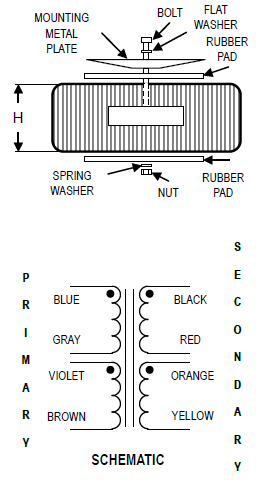| John Broskie's Guide to Tube Circuit Analysis & Design |
| Post 235 30 Jun 2012
CCDA Noval Rev A.
In case you forgot, CCDA stands for Constant-Current-Draw Amplifier. The CCDA is a compound circuit consisting of a grounded-cathode amplifier input stage that DC connects to a cathode follower output stage. Each triode sees the same cathode to plate voltage and the same load resistance and same idle current draw. The grounded-cathode amplifier and the cathode follower are in voltage phase, but in anti-current phase, which results in the constant current draw feature of this topology.
The constant-current-draw feature means that amplifying the input signal will not vary the amount of current drawn from the power supply and consequently not perturb the power supply, greatly simplifying the design of the power supply. In addition, the cathode follower output stage offers a low output impedance and isolates the input stage from the external electronic world, which is a good thing. Before moving on, note the two jumpers, J4 & J5. What do they do?
Positive Feedback
Jumper J5, on the other hand, creates a conventional CCDA arrangement.
So, what does positive feedback sound like? That was the question on my mind, as I had such excellent results with my Tetra Sans PS phono stage. (In fact, the Tetra Sans PS is one reason that I had this new PCB made, so that it might complement it nicely sonically and provide the phono stage its needed heater and B+ power supply connections.) The first thing my ears noticed was how very quiet this CCDA was. Usually, the first thing I notice when I replace my Aikido line stage with another topology is noise, but not this time. I am sure that the measured noise is a tad greater, but I couldn't hear it from my speakers. Well, it is very easy easy to fool one's self. My favorite quote from Richard Feynman is:
I wanted to hear the same extra sprinkle of excitement that I had heard with the positive-feedback-laden Tetra Sans PS phono stage—and I did. After about four hours of listening, I still heard it. (Usually, I can only fool my ears for ten minutes or so.) I have been rediscovering John Lee Hooker, the old bluesman extraordinaire. And dang if his recordings didn't sound hot. There was a marginal increase in excitement, liveliness, vivacity, ebullience, vitality, zest, exhilaration.. The key word in the last sentence was "marginal." Yet, in human affairs, the marginal can be decisive. Here is a long quote from the letter I wrote to the editor of an electronic magazine over a decade ago:
Here is another example: long ago, I bought pizzas from a local pizzeria, which were frustratingly sometimes fantastic, sometimes mediocre. It drove me crazy, so I took to tasting the pizza before driving home. When it came up delicious beyond the dreams of gluttony, I ran back into the restaurant and demanded to see the pizza maker. "This pizza is delicious! How do you do it?" I asked. He thanked me for noticing and went on to explain his methods and techniques—all of which were small, only marginally better than what his coworkers performed. Yet, they all added up to superb pizza. By the way, when you enjoy a particularly fine meal, do not give the waiter a bigger tip, give the chef a tip. If more customers did this, the restaurants would serve tastier food over time. I have always been disappointed by the apparent lifelessness of CDs, regardless of the cost of the player. It was a marginal difference compared to LPs, but an important difference. And what is only a marginal improvement can nonetheless make a huge difference in my listening pleasure. If it's not for the sake of pleasure, why bother listening to music?
My New Project
Steel is a pain to work with, but it does magnetically shield much better than an aluminum chassis can, which can be important with a phono stage. Still, if had it to do over again, I would buy the aluminum chassis instead. Here is the front layout:
My plan is to use a three-position selector switch, a A5 stepped attenuator, a two-capacitor selector switch, and an AC power switch that offers three positions: off, line only, line and phono.
The AC-PH power switch switches the AC voltage to the power transformer and the rectified DC voltages for the heater and B+ for the phono stage. In other words, when you are listening to a CD, the tubes in the phono stage are not being wasted. Here is how I plan on laying out the inside of the chassis.
I might place the two toroid transformers upright against the right side of the box. Speaking of transformers, I will use two Triad brand toroidal transformers, the VPT230-110 and VPT12-1080.
The 230-240Vac transformer will yield about 330Vdc of raw DC voltage after the rectifiers; the 12Vac transformer, about 15.5Vdc of raw DC voltage, which will be regulated down to 12Vdc. These transformers are 25Va designs, which will just make it. For example, the six 12V @150mA heaters will draw a total of 0.9A and the transformer can deliver 1.1A of DC current. The high-voltage B+ transformer can put out a tad over 50mA, which should be plenty for the four 12AT7 and two 12AU7 tubes, which will draw a total of about 40mA. The CCDA Noval kit comes with the choice of power-supply capacitor rating, 200V or 400V. If a the VPT230-110 transformer is wired up to put out 120Vac, then over 100mA of B+ voltage (about 160Vdc) would be available. In fact, if you do not plan on powering a phono stage with the CCDA Noval PCB and plan on using it as a stand alone line stage amplifier, then the lower B+ voltage is the way to go, as the 200V capacitors are much higher in capacitance and a tube such as the 6N6P or ECC99 or 6H30 could be run hard (lots of idle current). The back of the chassis will hold 10 RCA jacks, a phono ground jack, and an AC power connector (maybe a fuse holder). So, far, I only drilled the five front panel holes, so I have a lot more to do. I plan on using the chassis upside down, with a top plate, separated by 1/4th inch hex spacers, so as to let the hot air out (I will also drill several small holes on the bottom panel). I must mention that I only have one Tetra Sans PS PCB left for sale and only 8 CCDA Noval PCBs. Yes, more will be made, but not until after I finnish moving. The Rev. A CCDA Noval PCB and kits are available at the GlassWare/Yahoo store now.
Next Time
//JRB |
I know that some readers wish to avoid Patreon, so here is a PayPal button instead. Thanks.
John Broskie
Support the Tube CAD Journal & get an extremely powerful push-pull tube-amplifier simulator for TCJ Push-Pull Calculator
TCJ PPC Version 2 Improvements Rebuilt simulation engine *User definable
Download or CD ROM For more information, please visit our Web site : To purchase, please visit our Yahoo Store: |
|||
| www.tubecad.com Copyright © 1999-2012 GlassWare All Rights Reserved |

